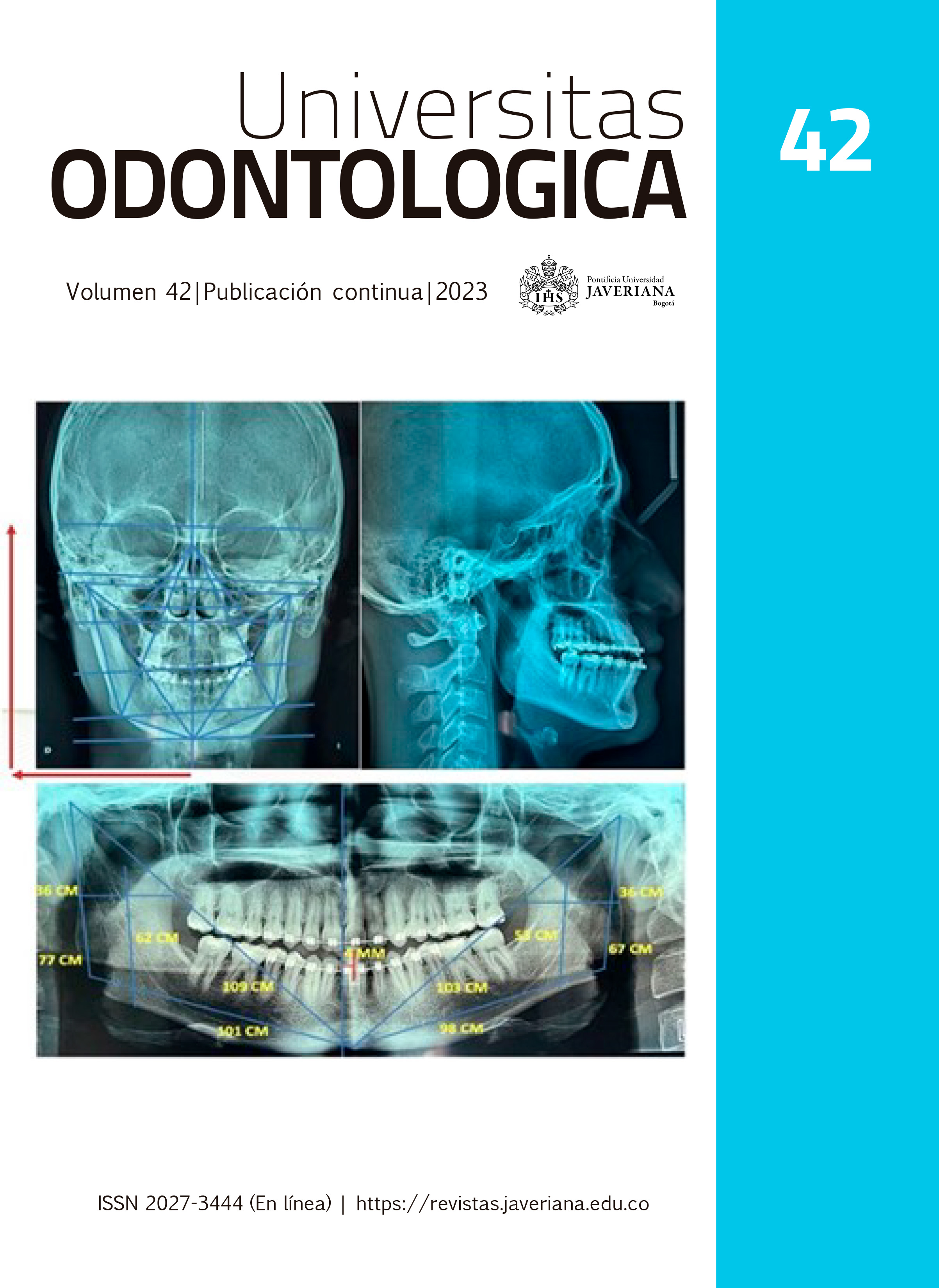Resumo
Antecedentes: O bruxismo do sono (SB) é uma atividade oromandibular com ranger e apertar os dentes e atividade muscular da mastigação. Gera disfunção temporomandibular (DTM), desgaste e mobilidade dentária, além de outros achados clínicos. É importante analisar a oclusão e a ATM para determinar como ela é afetada pela carga biomecânica gerada pelo bruxismo. Objetivo: Estabelecer a relação entre a posição condilar da articulação temporomandibular (ATM) por meio da tomografia computadorizada de feixe cônico (TCCT) com os padrões de desgaste dentário determinados pelo BruxChecker®, em indivíduos com diagnóstico clínico de SB. Métodos: Estudo observacional, descritivo, transversal em 45 pacientes com diagnóstico clínico de bruxismo do sono, segundo os critérios diagnósticos de bruxismo da AASM (American Academy of Sleep Medicine), com idade média de 34,9 ± 8,6. Os TCHC foram analisados, medindo-se os espaços da ATM no plano sagital: anterior, superior e posterior (SA,SS,SP) e no plano coronal: lateral, superior e medial (CL,CS,CM). O padrão de desgaste dentário foi classificado com o BruxChecker®, dividindo os sujeitos em: Grupo 1, padrão canino (PC) com 19 sujeitos e Grupo 2, padrão molar (PM) com 26 sujeitos. Resultados: Não foram observadas diferenças significativas entre as medidas do espaço articular de cada grupo ou na comparação entre os padrões PC vs PM. A posição sagital do côndilo posterior/anterior (P/A) foi posterior e a posição coronal medial/lateral (M/L) foi medial para ambos os grupos, quando avaliadas as relações. Foi encontrada diferença significativa (P<0,00) nos padrões PC e PM do lado direito, ao estimar a diferença entre as médias dos espaços medial e lateral. Conclusões: A posição do côndilo foi encontrada posterior e medial na fossa articular, nos padrões PC direito e PM esquerdo. Uma posição condilar lateral direita significativa foi evidente nos padrões PC e PM. Esses achados indicam uma posição condilar alterada em indivíduos com bruxismo, que pode estar associada a um deslocamento do côndilo dentro da fossa articular, possivelmente gerado por movimentos mandibulares excêntricos constantes durante a atividade de bruxismo.

Este trabalho está licenciado sob uma licença Creative Commons Attribution 4.0 International License.
Copyright (c) 2024 Ivonne Casalins Rolong, Judith Patricia Barrera Chaparro, Karen Julieth Bonilla, Sofía Hernández Vargas


